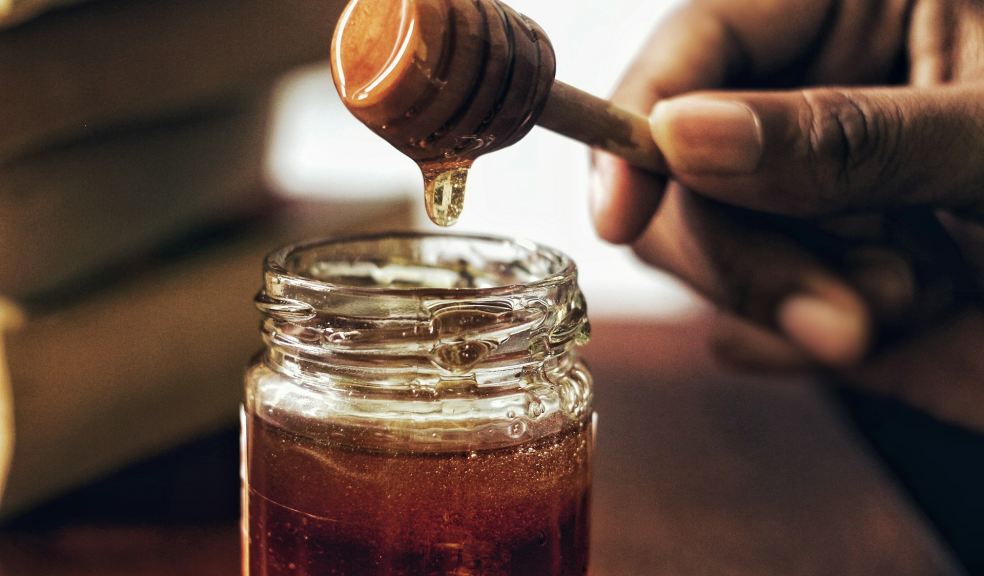
Manuka Honey MGO400 vs. Regular Honey: Key Differences
You've probably seen Manuka Honey on the shelves and wondered, "What's all the fuss about?" Especially when a jar of MGO 400+ Manuka Honey costs more than your average supermarket squeeze bottle. Is it just a trend, or is there a real difference between Manuka and regular honey?
Let's unpack what sets Manuka honey apart—specifically MGO 400+—and help you understand why it's gaining attention worldwide. This guide will give you clarity as you're exploring health benefits, looking for a natural antibiotic, or just want to enhance your daily routine.
What Is Manuka Honey—and Where Does It Come From?
Manuka honey is produced by bees that pollinate the Leptospermum Scoparium plant, more commonly known as the Manuka bush, which grows natively in New Zealand. What makes it special is its high concentration of Methylglyoxal (MGO)—a compound responsible for its potent antibacterial properties.
Australian-sourced Manuka honey, like Honey for Life UK, is also gaining recognition for its high quality and comparable MGO content. The country is home to over 80 species of the Leptospermum plant, making its Manuka varieties rich in antibacterial compounds. It's a trustworthy alternative and is often more accessible depending on where you live.
In comparison, regular raw honey (which can come from a mix of floral sources) does contain beneficial elements. Still, it usually lacks the elevated MGO levels that give Manuka honey its edge. Some regular honeys are still great, especially if you get honey from the comb or an unprocessed raw honey collection, but they're not the same thing.
In fact, to be considered genuine Manuka honey, the product must meet NZ Government standards and undergo testing to verify its MGO content and origin. Regular honey doesn't go through the same rigorous testing. While it can be nourishing and delicious, it doesn't offer the same remarkable properties or clinically supported benefits.
Understanding MGO Ratings and UMF Certification
So, what does MGO 400+ mean? It tells you the concentration of Methylglyoxal in the honey—specifically, that there are at least 400 mg/kg of this compound. The higher the number, the stronger the honey's antibacterial strength.
You'll also see jars labelled with UMF certified honey (Unique Manuka Factor), which is an independent certifying body score that confirms both MGO levels and other important markers like leptosperin and docosahexaenoic acid (DHA).
For example, a product that has 500 MGO indicates a higher level of potency and works best for wellness purposes like supporting the immune system, improving digestion, or aiding wound healing. On the other hand, a lower-grade Manuka honey – 400 MGO might be used daily, such as stirred into tea, added to smoothies, or enjoyed as part of a healthy breakfast.
Health Benefits and Properties: Manuka Honey vs. Regular Honey
Both Manuka and regular honey offer natural sweetness and trace nutrients—but Manuka honey, particularly MGO 400+, provides unique, scientifically supported advantages. Here's a quick comparison to help you decide which suits your needs better:
|
Health Benefit/ Property |
Manuka Honey (MGO 400+) |
Regular Honey |
|
Antibacterial Properties |
High levels of Methylglyoxal act as a potent natural antibiotic |
Mild antibacterial effect from hydrogen peroxide |
|
Wound Healing |
Clinically used in topical treatments; supports tissue repair and infection control |
May help minor cuts, but not clinically proven |
|
Immune System Support |
Boosts immunity due to bioavailable ingredients and antimicrobial strength |
Contains antioxidants but with less targeted impact |
|
Digestive Health |
Soothes digestive tract; may reduce inflammation and support gut health |
Aids digestion but lacks strong anti-inflammatory action |
|
Certification & Testing |
Rigorously tested and often UMF certified honey under MPI standards in New Zealand |
No mandatory testing; varies widely by source and brand |
|
Consistency |
Thick, creamy texture; sometimes includes honey crystals or wax particles or a grainier texture |
Typically, smooth and runny |
|
Taste Profile |
Earthy, herbal, and bold; may take time to appreciate |
Mild, floral, and sweet—easy to enjoy from the first spoonful |
|
Recommended Use |
For immune support, sore throats, skincare, wound healing, and gut health |
Best for sweetening drinks, baking, or general kitchen use |
While regular honey can be a great addition to your meals, Manuka honey offers excellent properties that go far beyond taste. It's a powerful tool for overall wellness and an ideal choice if you're integrating it into your daily routine for targeted health benefits.
Things to Consider When Buying
One of the key elements that boosts consumer trust in brands is their commitment to ethical beekeeping, transparency, and adherence to MPI standards (New Zealand's Ministry for Primary Industries). These standards ensure honey is free from contaminants, is glyphosate-free, and contains no artificial additives. It also means better practices for the environment and the bees.
Certified R.A.W. and clean honey packaging further prove that what's in the jar is genuinely pure and traceable. Look for those certifications before you buy.
Apart from certifications, always check these factors when shopping online:
- Customer reviews: Genuine feedback can give you insights about taste, texture, and effectiveness.
- Website functionality: A trustworthy site will have clear labelling, security badges, and enhanced functionality in secure areas like checkout.
- Customer service: Look for brands that provide a personalised experience and prompt assistance.
If you're mindful of your traffic sources and data usage, you can check the vendor site's privacy policy. Third-party providers and advertising partners are usually listed there.
Final Thoughts: Which Should You Choose?
So, Manuka honey MGO 400+ vs. regular honey—what's right for you? It depends on your needs. If you want a trusted superfood to support your immune system, help with digestion, or assist with wound healing, Manuka is well worth the investment.
On the other hand, if you're after a natural sweetener or enjoy drizzling something tasty over toast, regular raw honey still has its place in the kitchen.
Ultimately, understanding the difference helps you make smarter choices, both for your health and your wallet. And when in doubt, opt for UMF-certified honey from a brand that aligns with ethical beekeeping and NZ Government standards.
Just remember, not all honey is created equal. But there's a jar out there with your name on it, whether you're new to honey or levelling up your wellness game.











